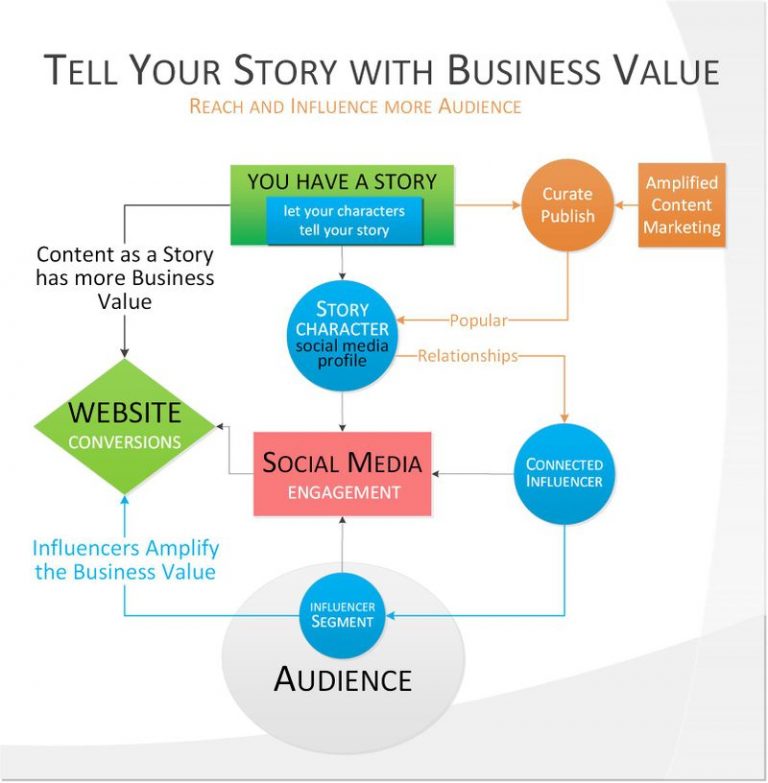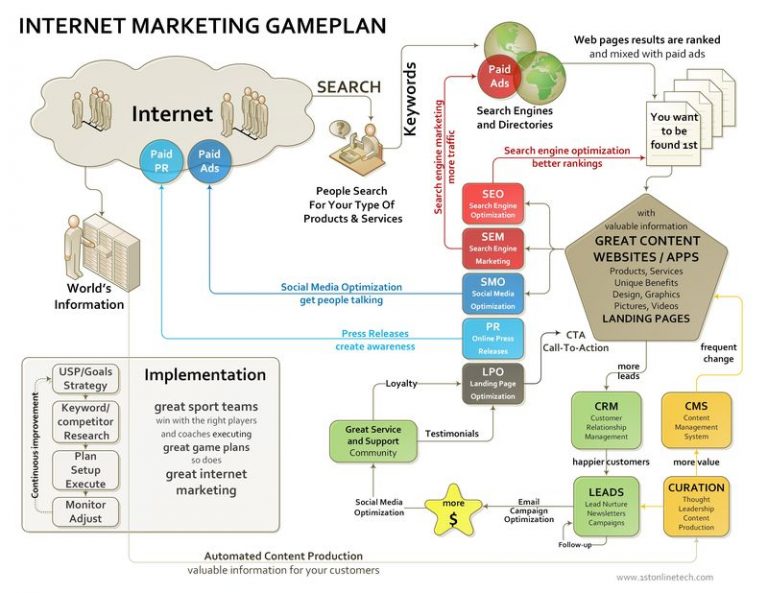Social media marketing centers around getting the attention of your present and prospective customers. What is the best time to post on social media? “The best time to post on social media is when your customers (both present and prospective) are online”. When to post on Social Media in 2020 Social media eCommerce trends indicate […]
leads
What’s Your Story?
Brand storytelling is an art and a science, and in today’s world it had better be highly strategic. Storytelling should convey not only what a company does, but who it is, and why—as well as tap into the emotions of its readers all at the same time. Five steps to help tell your story 1: […]
What’s Your Story?
Brand storytelling is an art and a science, and in today’s world, it had better be highly strategic. Storytelling should convey not only what a company does, but who it is, and why—as well as tap into the emotions of its readers all at the same time. Five steps to help […]
Attracting Audience Attention
How to Attract an Audience with Creating Captivating Content To be successful, every business has to tell its stories. These days, such stories are usually told through posting content online in blogs, articles and social media. But just pushing content onto the web is meaningless if it doesn’t interest the audience. In an […]
Good marketing nowadays revolves around inbound marketing. And the good news is
Good marketing nowadays revolves around inbound marketing. And the good news is that if you have a blog, you are already on your way toward creating a great inbound marketing strategy. Iinternet marketing gameplan by http://www.1stonlinetech.com Checklist for Launching an Inbound Marketing Plan in WordPress 1) Attract: Get to know your ideal target audience and […]




